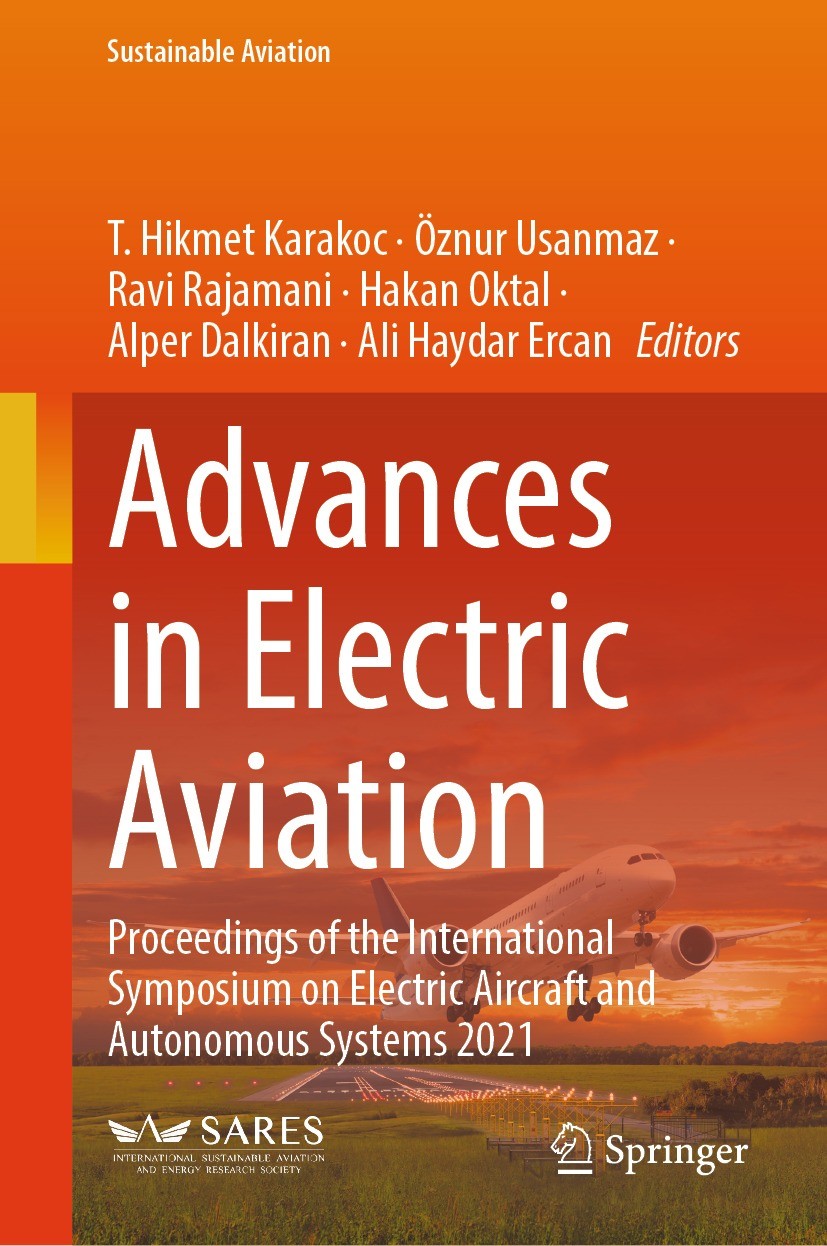| 期刊全称 | Advances in Electric Aviation | | 期刊简称 | Proceedings of the I | | 影响因子2023 | T. Hikmet Karakoc,Öznur Usanmaz,Ali Haydar Ercan | | 视频video | http://file.papertrans.cn/148/147909/147909.mp4 | | 发行地址 | Offers recent research on a wide array of topics.Addresses current issues in aviation and the sustainability of electric and autonomous aircraft.Full proceedings of ISEAS 2021 held at Eskisehir Techni | | 学科分类 | Sustainable Aviation | | 图书封面 |  | | 影响因子 | The International Symposium on Electric Aviation and Autonomous Systems (ISEAS) is a multi-disciplinary symposium that presents research on current issues in aerospace. The conference provides a platform offering insights on a broad range of current issues in the field of aviation, including electrification of aerial vehicles, all-electric aircraft, electric generation, and energy storage in aerial vehicles. ISEAS allows researchers, scientists, engineers, practitioners, policymakers, and students to exchange information, present new technologies and developments, and discuss future direction, strategies, and priorities in aviation and environmental sustainability of next-generation aircraft.. | | Pindex | Conference proceedings 2023 |
The information of publication is updating

|
|
 |Archiver|手机版|小黑屋|
派博传思国际
( 京公网安备110108008328)
GMT+8, 2025-11-14 00:15
|Archiver|手机版|小黑屋|
派博传思国际
( 京公网安备110108008328)
GMT+8, 2025-11-14 00:15


